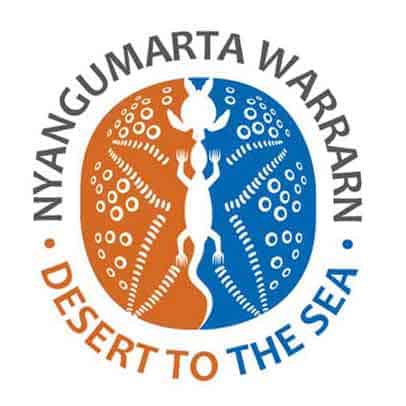Surprising stop at the Yellow Sea
One of the privileges being a migratory bird might be the freedom to travel among countries without passport or visa. Thus, our Whimbrel KS decided to visit a country which might be a little bit difficult (for human) to enter – North Korea.


Whimbrel KS
Sometime between 12-13 Aug, KS left Shuanfeng Reservoir in Heilongjiang where it had stayed for 4 days and headed to the Yellow Sea. After a 911km flight, it has chosen an extensive mudflat area at the west coast of North Korea as its next stop (Figure 1.).

We do not have much information about this stop-over site in South Hwanghae Province, North Korea as it is not a listed Important Bird Area. Yet, from the satellite image, we can see very extensive mudflat area (14km long x 4km wide) which looks an excellent site for shorebirds. KS has also spent time at the north-west shore of this bay where there are agricultural lands. South Hwanghae Province is known to be not very mountainous and therefore a very suitable area for farming, including vegetables, fruits, grains, and rice.
Whimbrel KU
Meanwhile, KU is about 370km north-west of KS, still staying at Yingkou in Liaoning Province, China where it has been for 13 days (Figure 2.). We are now anxiously waiting to see when they will both start migrating south again.

Acknowledgements
Clive Minton
The extensive and expensive satellite tracking program we have set up in NWA has only been possible through the efforts and generosity of a large number of people and organizations. It is difficult to know where to start with the formal acknowledgements so I will list them – but not in any particular order of priority.
- The members of the AWSG NWA 2019 Wader and Tern Expedition and similar NWA expeditions in previous years, are particularly thanked for their efforts in the field in catching, banding and deploying transmitters on a range of species.
- Landowners are especially thanked for permission to go onto their property to enable us to catch various species in order to deploy the satellite transmitters. In particular we thank Anna Plains Station for giving us the freedom to roam over large areas of grazed grassland when counting and catching target species.
- AWSG acknowledges the Yawuru People via the offices of Nyamba Buru Yawuru Limited for permission to catch birds on the shores of Roebuck Bay, traditional lands of the Yawuru people.
- AWSG acknowledges the Karajarri and Nyangumarta people for permission to catch birds to be marked for this project on the shores of 80 Mile Beach, traditional lands of the Karajarri and Nyangumarta.
- The cost of the satellite transmitters, which cost around $5000 each, and the satellite downloading costs (around $1000-1500 per month) have been met by a variety of sources. Private individuals (Charles Allen and Doris Graham) have made most generous individual contributions. Kate Gorringe-Smith and her team of artists involved in The Overwintering Project made a large, generous donation from funds raised during their various public exhibitions. The annual NWA Expedition members, collectively, also provided significant funds each year.








